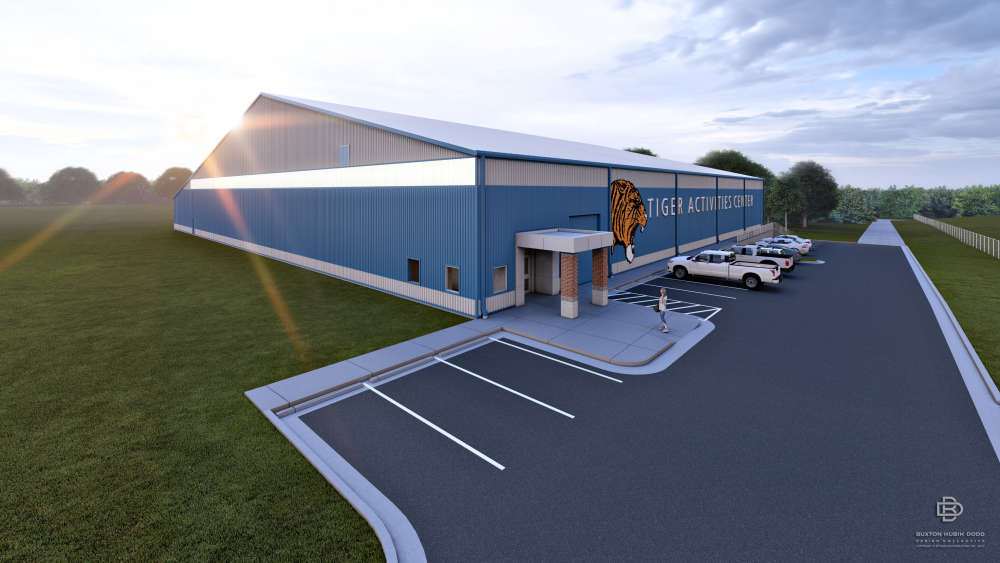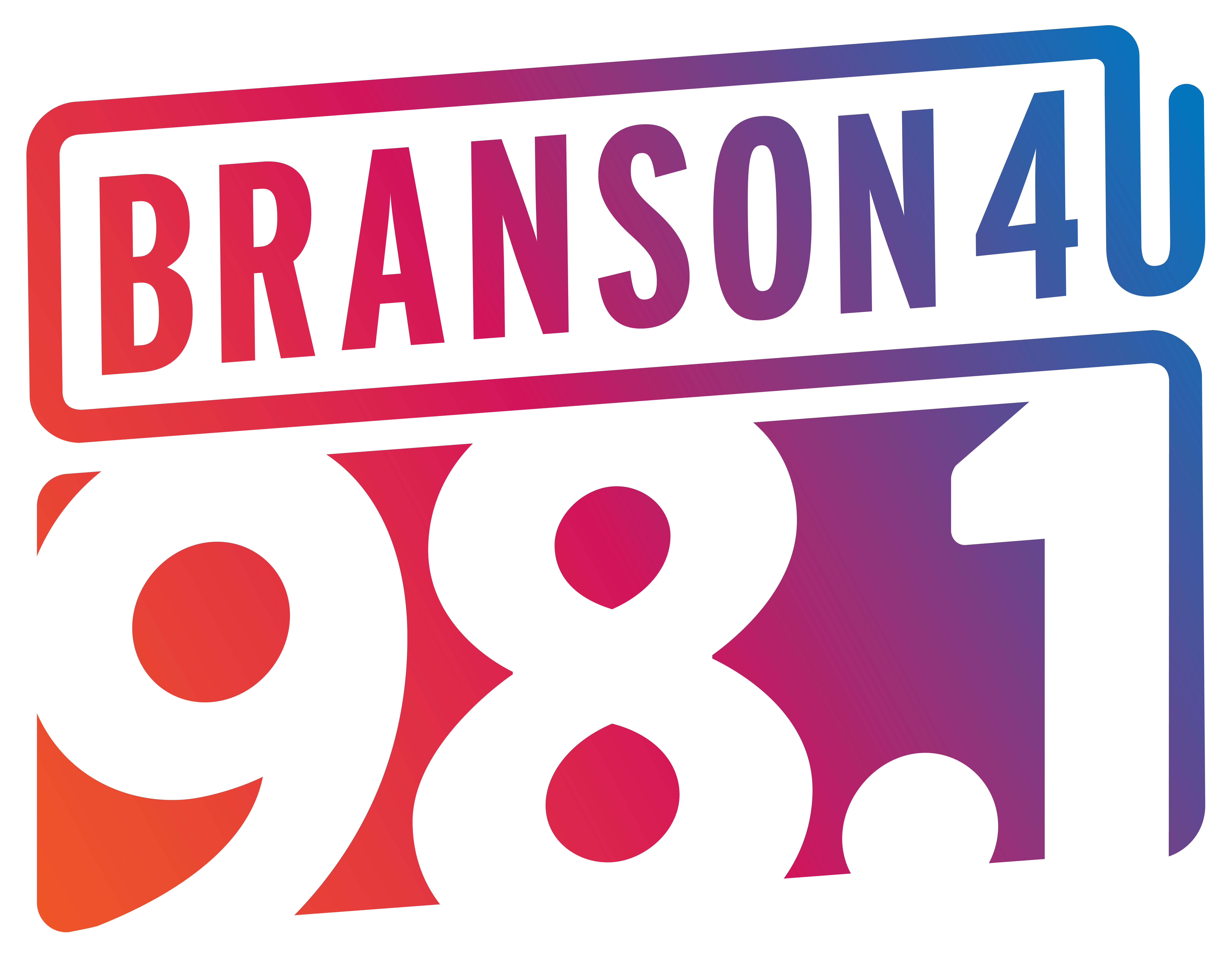The OzarksFirst story below discusses research involving human waste and COVID-19
New testing on human waste shows the current surge of COVID-19 may be the worst yet for the St. Louis area. The groundbreaking findings and research in Missouri may provide a roadmap for the future of COVID-19 response in the rest of the United States. St. Louis and the State of Missouri are actually pioneering a new way to determine whether there’s going to be another outbreak, where it will happen, and how big it may be.
What we send from our toilets into wastewater treatment plants can say a lot about how sick we are collectively and how sick we may become, according to researchers.
“You really get a feel of what’s out in a community not just what’s coming from 1 person,” said Jay Hoskins, the assistant director of environmental compliance for the Metropolitan St. Louis Sewer District (MSD). “If we sample the wastewater for COVID, we might actually get data that would (give) us a leading indicator because people shed the virus before they’re actually showing symptoms. When you look at that data it is alarming.”
Samples are collected twice an hour at MSD’s seven wastewater plants across the St. Louis area, either by hand or by machine. More than 50 sites state-wide are part of the largest Sewershed Surveillance Project in the United States.
From those collections, samples go to a University of Missouri lab for testing every week. Missouri’s Department of Health and Senior Services tracks the finding as part of a federally funded study. Right now, things don’t look good. A map shows the viral load present in human waste is rising at nearly 70% of the sites.
A graph of results from MSD’s wastewater plant in Lemay, one of Missouri’s largest, shows a spike in viral load that now projects to meet or surpass the highest of the pandemic in late 2020.
A graph of results from a plant in O’Fallon, MO, which just started sampling in October, shows the most dramatic rise.
Those graphs suggest we’re about to get sicker, not healthier.
“I would say historically the wastewater data and the positivity data have correlated very well: if one goes up, the other goes up,” Hoskins said. “It can tell us the direction. It can tell us the trend.”
It can also tell us about the presence of variants. Perhaps this is a hopeful sign: there is no longer any “viral load” present from the original COVID-19 strain that hit the U.S. and no UK variant, Hoskins said.
There are just Delta and Omicron variants, a lot of them.





 Branson Cedar Ridge Preschool Open House Continues
Branson Cedar Ridge Preschool Open House Continues
 Part of the Future Hollister Tiger Activity Community Center to be Redone
Part of the Future Hollister Tiger Activity Community Center to be Redone
 Ribbon Cutting Officially Launches Table Rock Career Center
Ribbon Cutting Officially Launches Table Rock Career Center
 School of the Ozarks to host Open House Thursday, Jan. 23
School of the Ozarks to host Open House Thursday, Jan. 23





